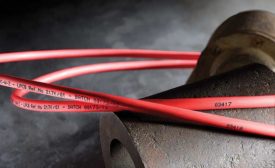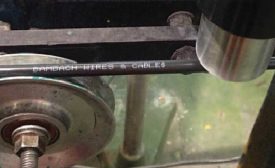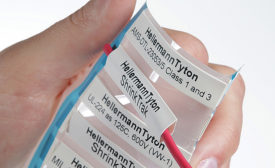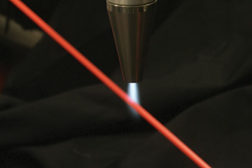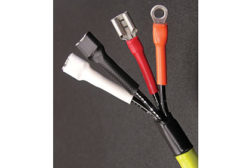Home » Keywords: » wire marking
Items Tagged with 'wire marking'
ARTICLES
These success stories highlight the need to use the latest wire processing technology on the shop floor
Read More
Ink-Jets for Marking Wire
Ink-jet printers are a fast, flexible technology for marking wire
January 16, 2019
Improving Printability of Wire and Cable
By raising surface polarity, atmospheric plasma treatments optimize the adhesion properties of insulation materials.
April 1, 2013
Get our new eMagazine delivered to your inbox every month.
Stay in the know on the latest assembly trends.
SUBSCRIBE TODAY!Copyright ©2024. All Rights Reserved BNP Media.
Design, CMS, Hosting & Web Development :: ePublishing


